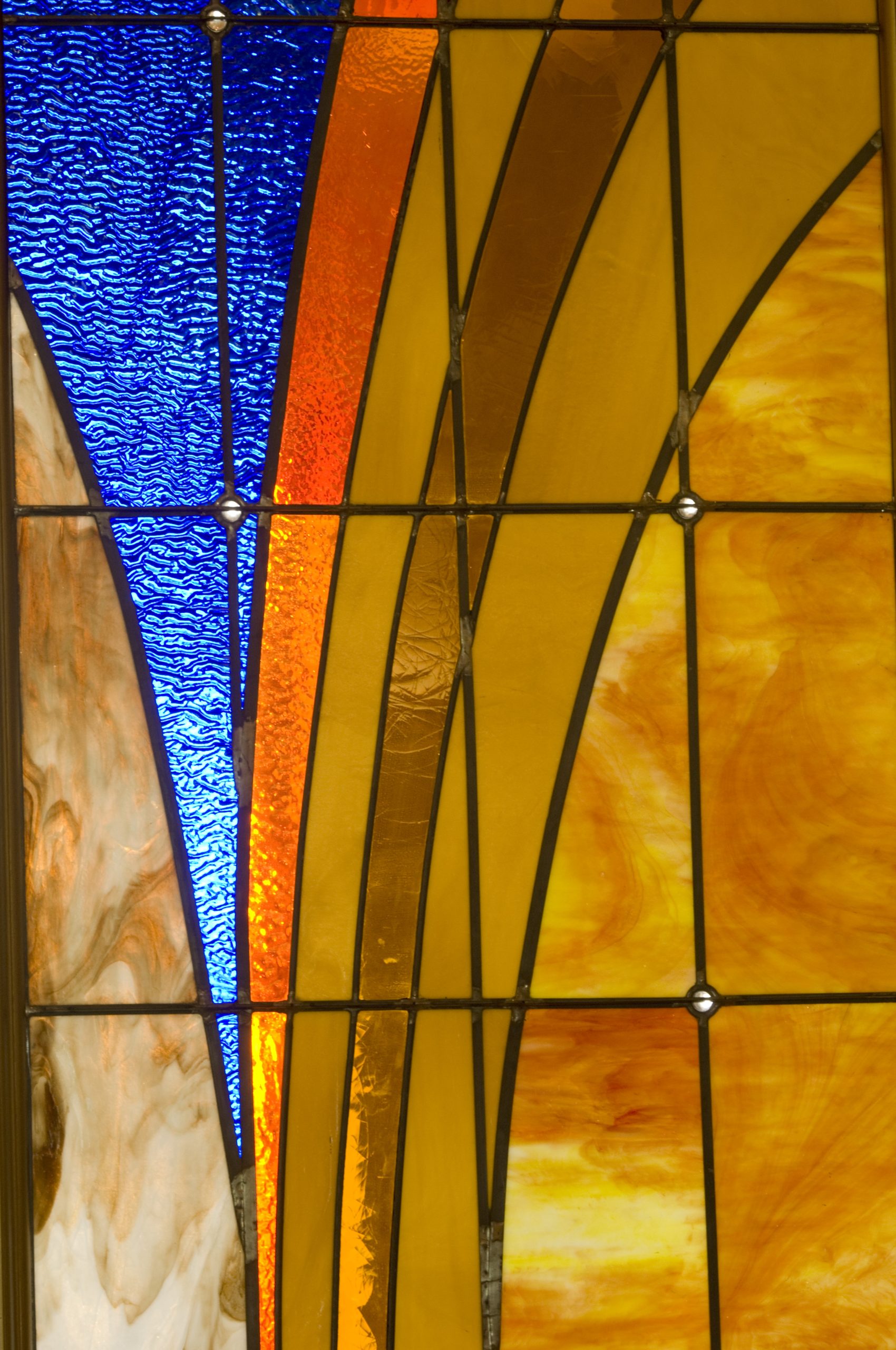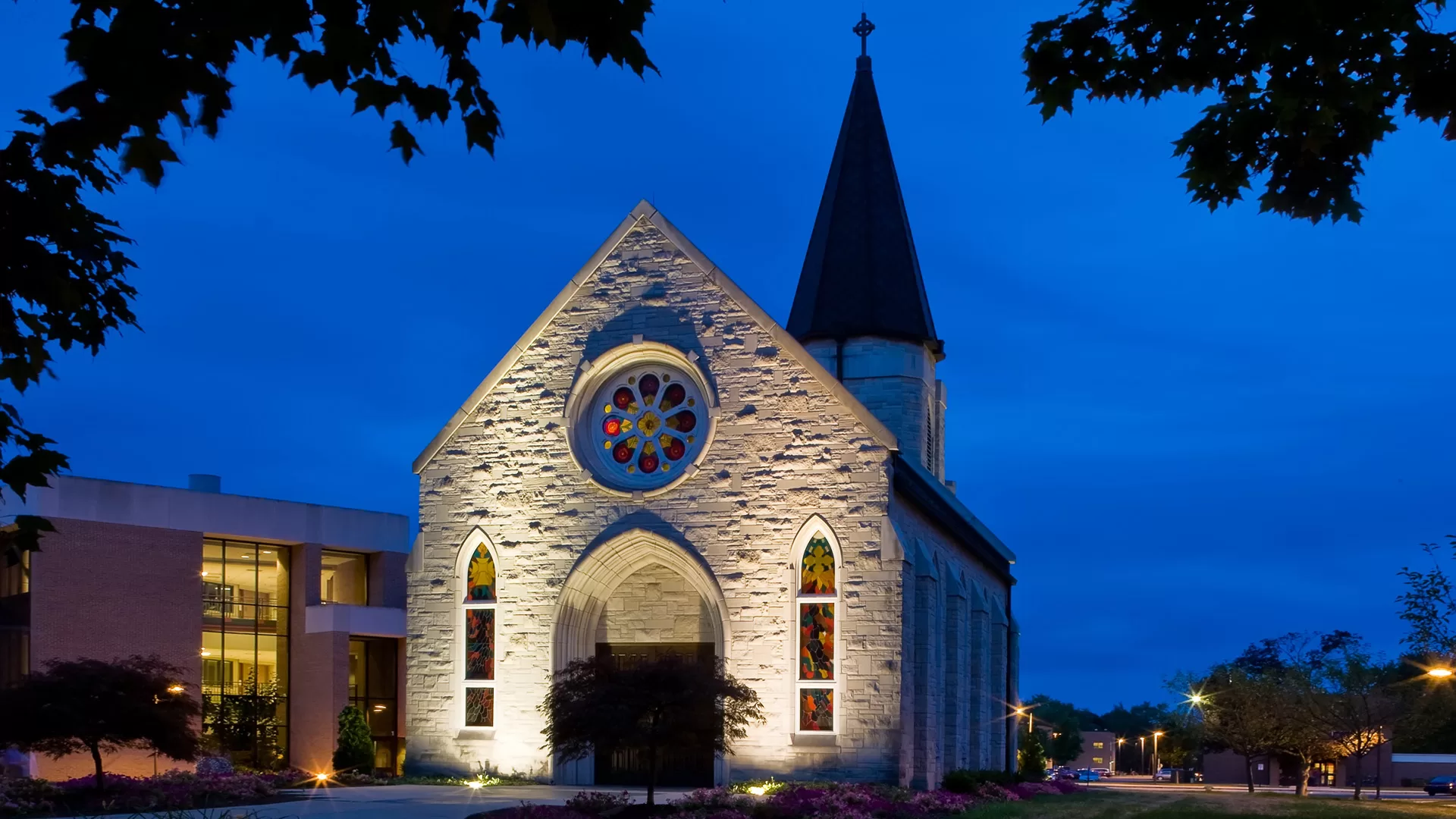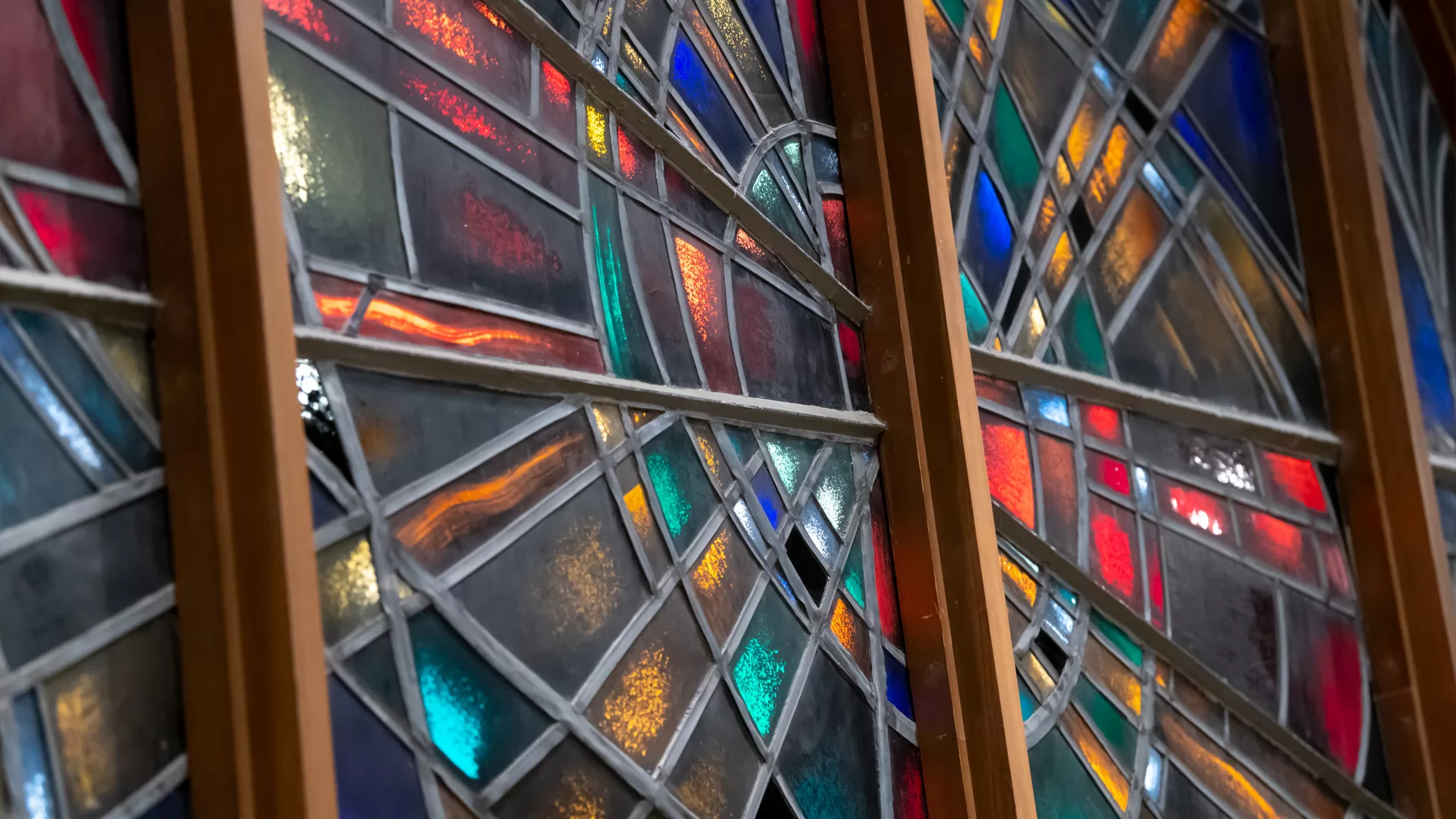From Ashes to Glory – How the Restoration of Notre Dame Inspires a New Era of Human-Driven Design
By Phillip Breckler, RA, ICAA
December 10, 2024Post Tagged in
Back in April of 2019, during my final semester of graduate school, I remember my classmate bursting through the doors yelling that Notre Dame Cathedral was on fire. What had been understood as permanent, solid and unchanging – suddenly seemed very fragile and vulnerable. |
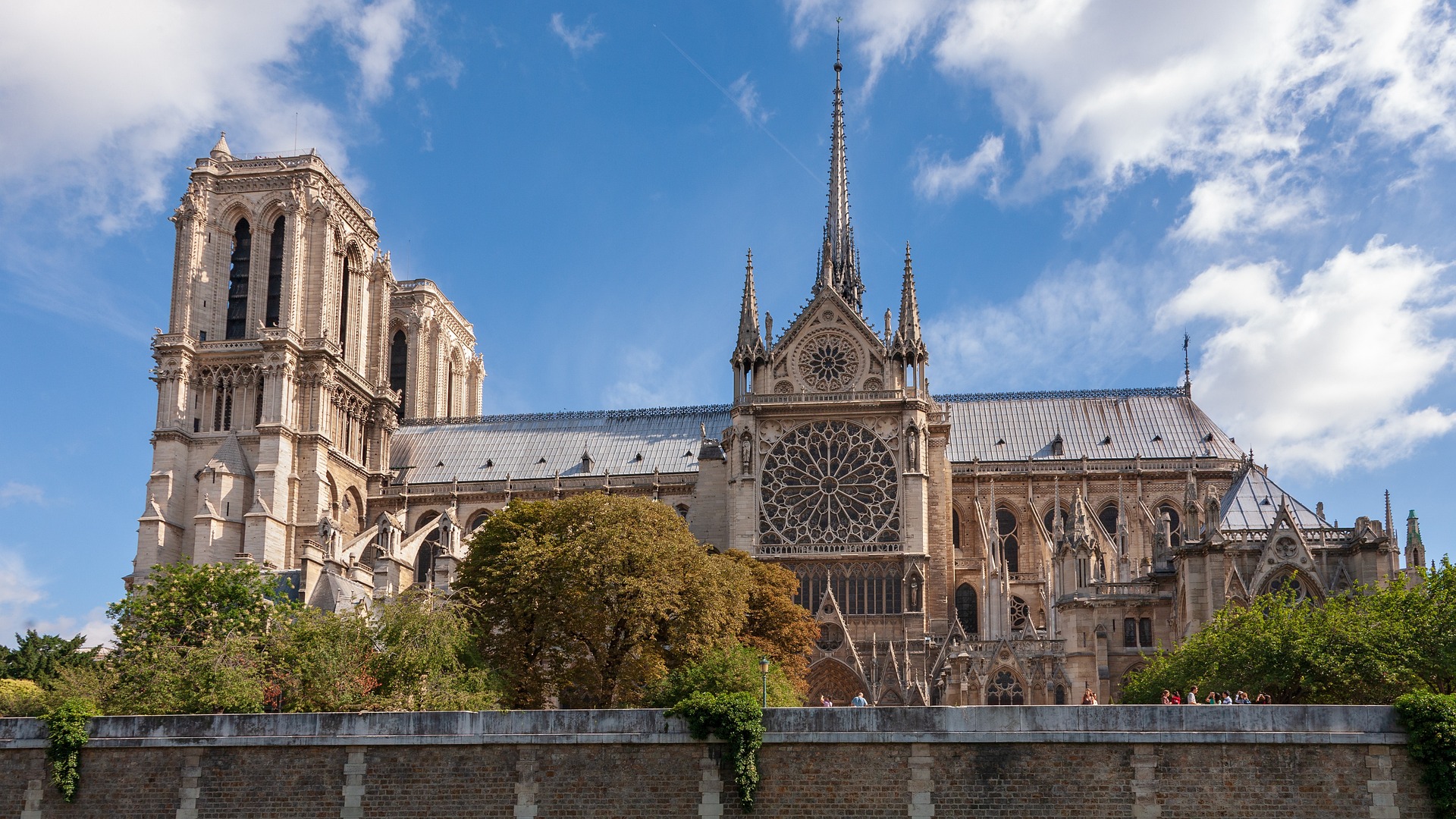
|

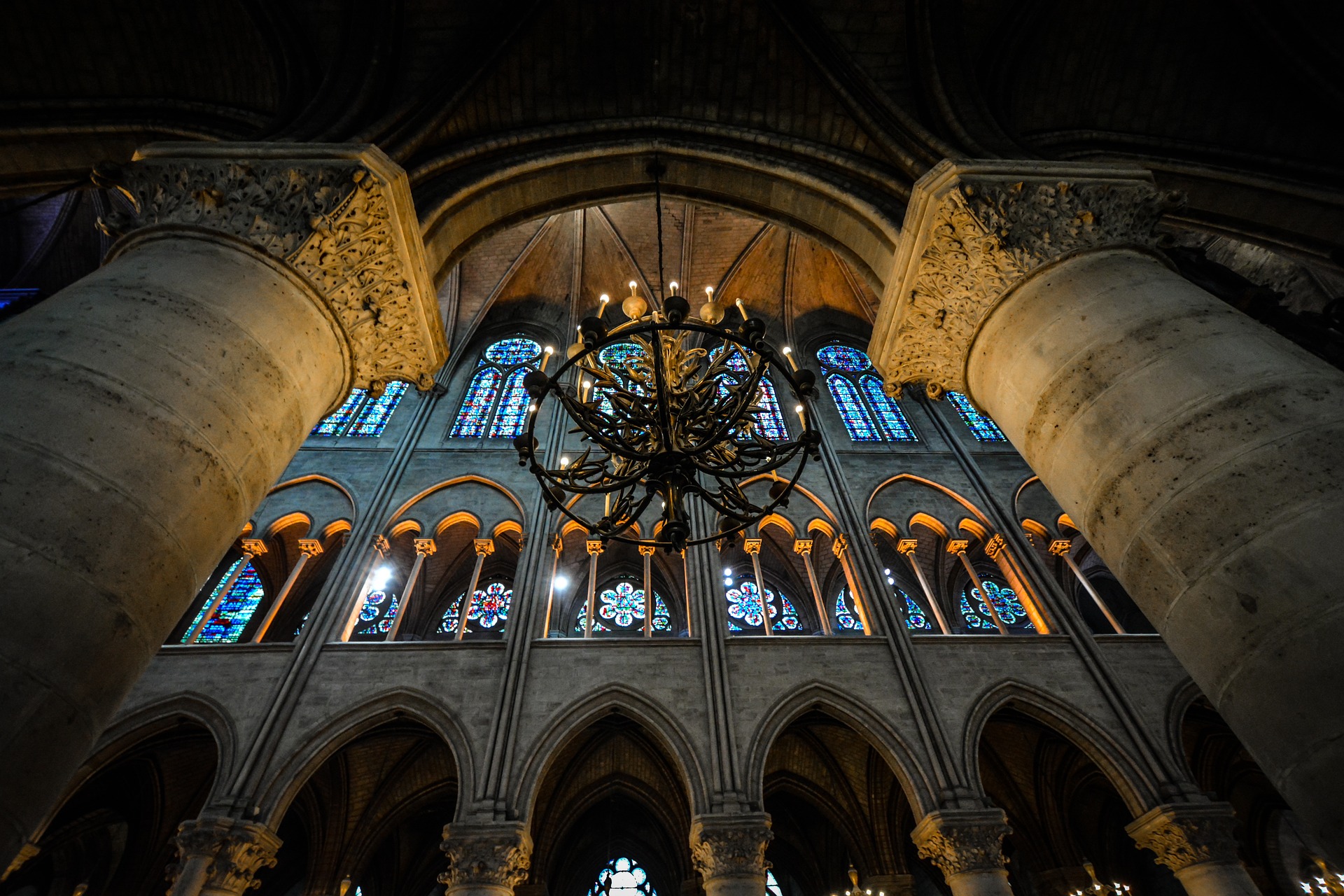
|
Much of the world watched in horror thinking all was lost – the iconic gargoyles, the stained-glass windows with their gothic tracery, and legendary bells’ destruction seemed imminent. In the end, the heroics of the firefighters and the stalwartness of the masonry structure won out – the cathedral was saved. The next morning, with the country and world still in shock, French President Macron promised that Notre Dame would be restored within five years, a statement that seemed improbable if not impossible at the time. Now, five years later, we are getting the first glimpses of the restored interior – radiant from the scrupulous cleaning and meticulous restoration efforts. |

Architecture Beyond TimeAs an architect with a focus on religious work, it’s inspiring watching how the world responded to this tragic event. The cathedral had served as an active place of worship since the 11th century and has withstood revolutions and world wars. It had become a sacred building for many, even beyond its own faith community. Why was such an effort made to rebuild and restore when it seemed impossible? Simply because the world recognized it both as an architectural masterpiece and a foundational piece of our collective heritage. |
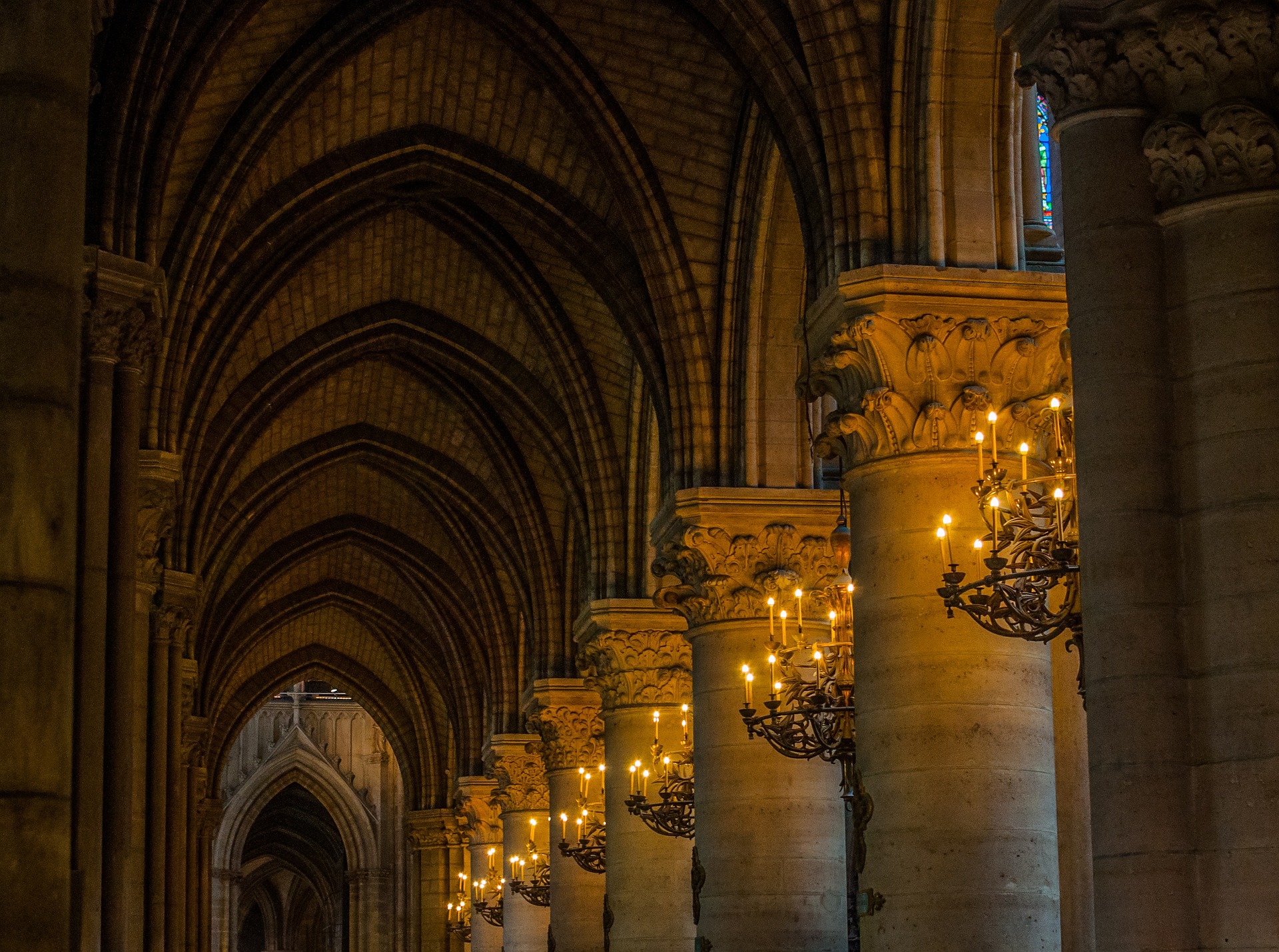
|

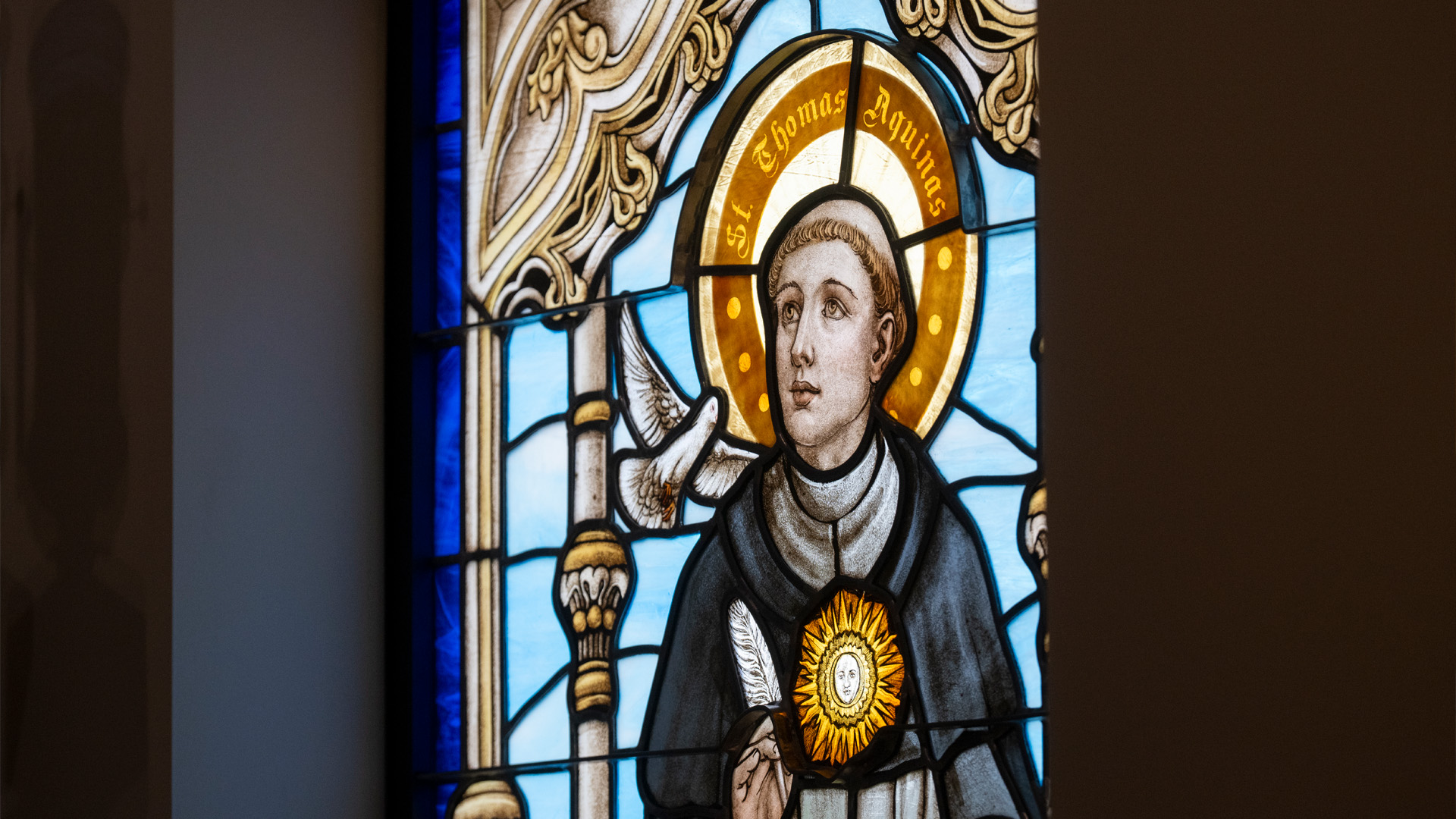 |
The Fallacy of Forgotten SkillsAs I reflect on the story of Notre Dame Cathedral and its resurrection from the ashes, it’s largely a testimony to all the preservationists and craftsmen and craftswomen who had the skills and knowledge to successfully rebuild and add to the cathedral’s beauty. A common misconception I run into is the belief that we do not have the necessary skills needed to build monuments of such enduring craft today. The industry has given way to the machine, and workers simply don’t have the ability anymore. This is simply not true. Period. The restoration of Notre Dame Cathedral is the latest example that disproves this fallacy. The restoration in Paris shows architectural masterpieces can be built today and executed by human hands while aided by advancements in machine technology. |

